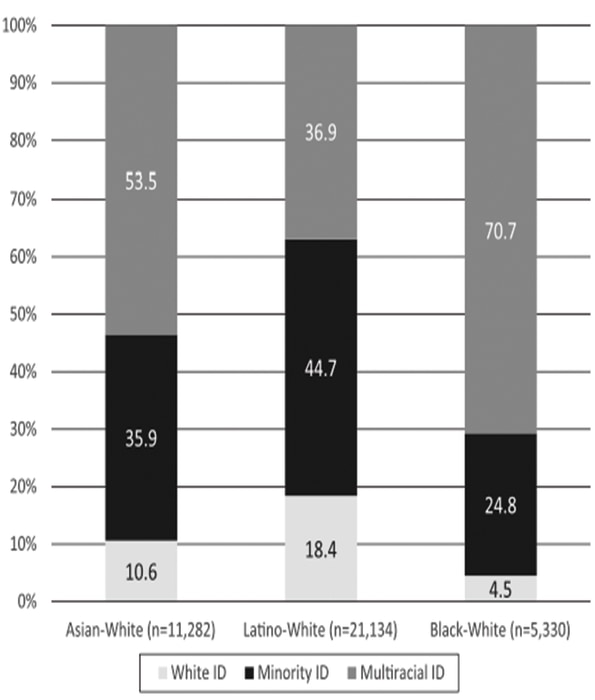How “Mestizaje” in Puerto Rico Makes Room for Racism to FlourishPosted in Anthropology, Arts, Caribbean/Latin America, History, Media Archive, Social Science, United States on 2016-02-12 19:35Z by Steven |
How “Mestizaje” in Puerto Rico Makes Room for Racism to Flourish
La Respuesta: A magazine to (Re)Imagine the Boricua Diaspora
2016-02-08
“Somos de tres razas! La blanca, la india, y la negra!” is a cliched response you can almost always count on hearing anytime you bring up race or racism in Puerto Rico or Puerto Rican Diaspora communities. It’s cute, easy to remember, and also a lie.
Ironically the European root, which is most often mistaken as the backbone of Puerto Rican culture, is mentioned first. The indigenous, Taíno root, which is often recognized strategically (yes, strategically) in front of blackness is named second. Oh, and the third? African or Black! Last but not least, right? I’d like to think so, but I know better.
The blending of these three races or roots in Puerto Rico are what we refer to as “mestizaje”, or mixture (1). This “mestizaje” is what causes Puerto Ricans to believe that we all are racially mixed the exact same way therefore there can be no “true” difference. While mestizaje is a part of Puerto Rican society and even exists in the heritage of many Puerto Ricans, the way in which mestizaje is recognized in Puerto Rico makes room for racism and white supremacy to flourish because it gives us a false historical analysis on race…
Read the entire article here.



